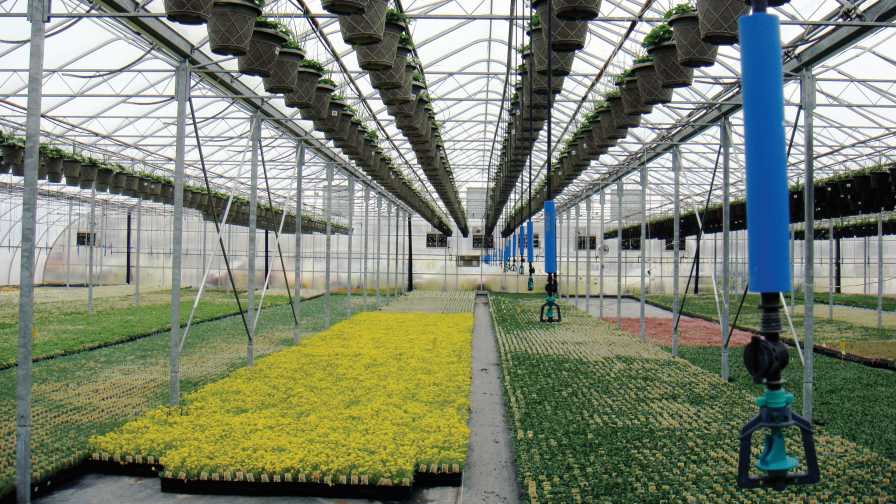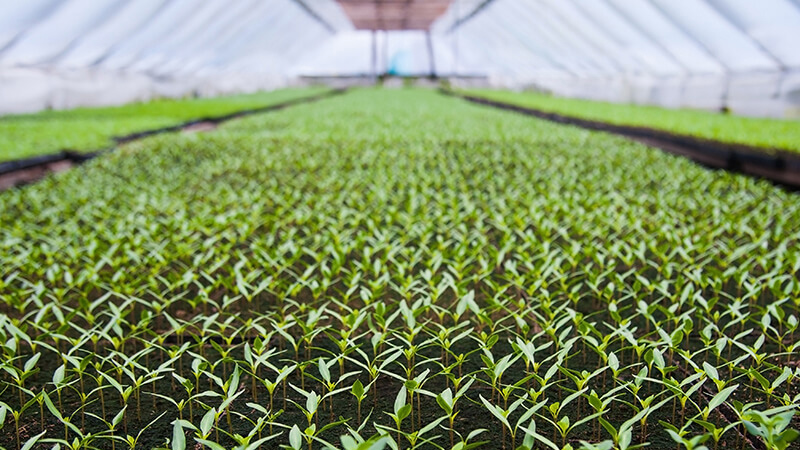Success of CFAP Program Highlights Importance of Horticulture Industry Advocacy

The creation of the Coronavirus Food Assistance Program (CFAP) by the USDA, which reimburses growers for losses associated with the COVID-19 pandemic, exemplified how advocacy efforts play a central role in securing beneficial outcomes for the industry.
In May, the CFAP program was officially announced, with USDA prioritizing livestock, dairy, as well as select specialty and non-specialty crops for reimbursement. Initially, the nursery and floriculture sectors were not eligible for relief, as several agricultural sectors did not neatly fit into a typical farm commodity model. Prices and market dynamics in the industry were not public information and not well understood by those not involved in horticulture.
Despite the lack of initial information at USDA, actions AmericanHort took prior to the promulgation of the program, along with continued efforts over the summer and into early fall, ensured that USDA was well-aware of the industry’s situation, the scope of losses incurred in the initial period of the COVID pandemic, and how the industry market functions.
Actions taken were plentiful — AmericanHort sent a letter directly to USDA Secretary Sonny Perdue in April detailing the current industry situation and market dynamics. This was followed up by significant action in June, when we spearheaded official comments with more than 100 allied organizations urging industry inclusion into the CFAP program. Grassroots action was encouraged as well, with focus on guiding growers to submit official comments to Regulations.gov detailing their current plight. Following a USDA request for additional information, numerous policy conversations occurred between AmericanHort, industry experts, and partners, along with program decision makers to make sure the program worked as accurately as possible for the industry if included.
Finally, in early August, nursery and floriculture became eligible for the program. Individuals could secure up to $250,000 in relief payments (depending on a multitude of factors to include adjusted gross income) and could potentially secure up to $750,000 depending on their corporate business structure.
Industry inclusion continued to pay dividends in September, as a second round of relief, known as CFAP-2, gave growers another potential avenue to recoup losses. The program made $14 billion available to producers who were affected by market disruptions due to the pandemic. This time, the nursery and floriculture industries were included at the onset of the program, with payments limits mirroring levels in the initial CFAP round of relief. Additional education of USDA by industry experts — such as Dr. Charlie Hall — and AmericanHort senior leadership led to reimbursement being based on 2019 sales for the covered period.
To date, the CFAP-2 program has distributed more than $7 billion in aid to farmers, with close to $850 million specifically allotted to sales crops (the umbrella category our industry is under for tracking CFAP-2 relief). States such as California, Florida, Michigan, Georgia, and North Carolina have seen the most relief for sales crops to this point. The program runs until December 11. For more information on the CFAP2 program, AmericanHort has resources available.
Examples such as these highlight advocacy efforts behind the scenes to secure positive outcomes for the industry. The importance of being included in this program, on principle alone, cannot be overstated, as the precedence of industry inclusion can only help future relief efforts for this current crisis, as well as crises in the future.









